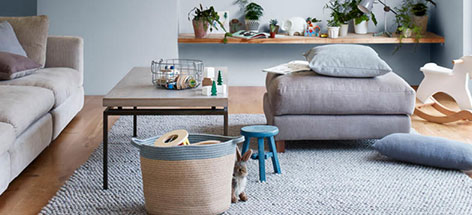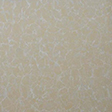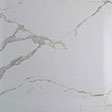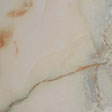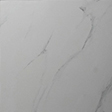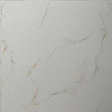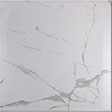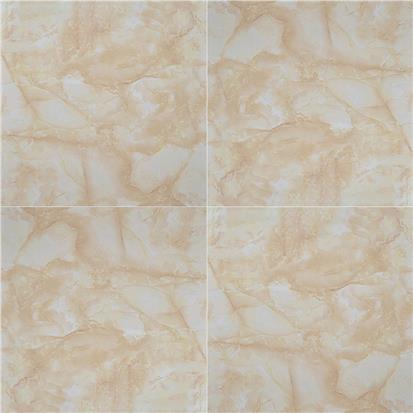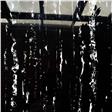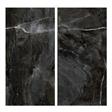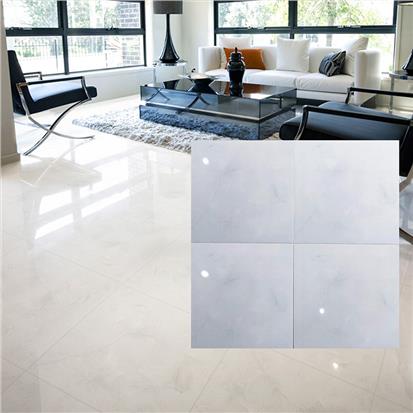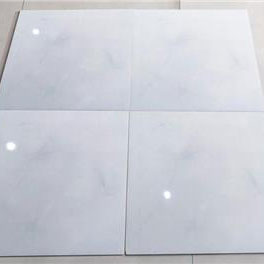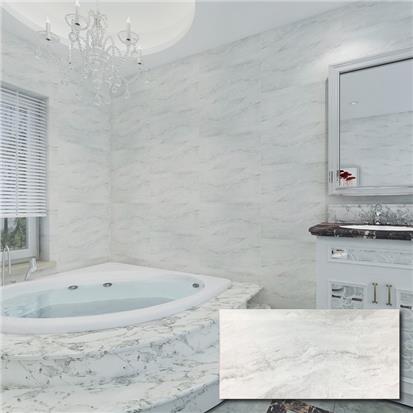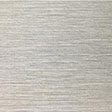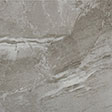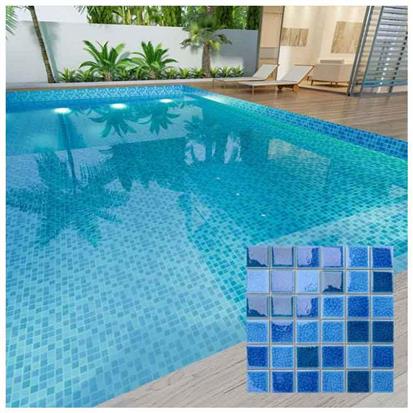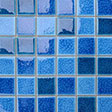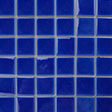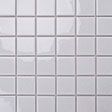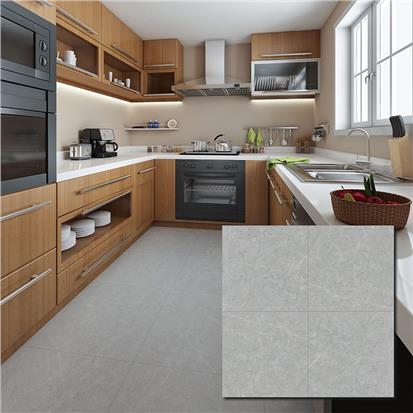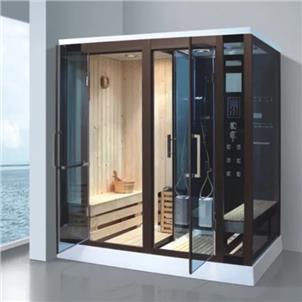In winter, in order to feel more comfortable, people will choose to turn on the heating or directly use the floor heating. It can be said that in areas without heating, the frequency of using the heating in winter is still very high. Now people have higher and higher material requirements, so they will choose a more convenient and comfortable way for heating in winter, so now more and more families will choose to install floor heating in their homes. So, what is the best floor for floor heating? This choice is very necessary. In this guide, we discuss how to choose the best flooring for underfloor heating.
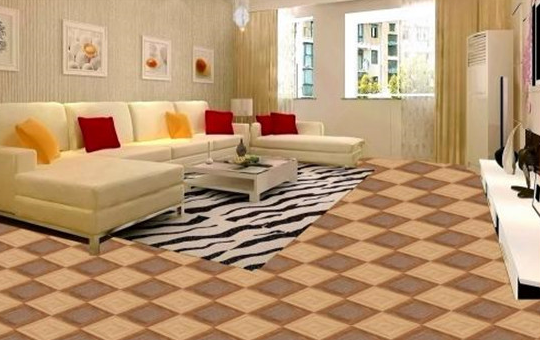
Underfloor Heating & Heated Floor
There is a layer of plastic pipes or heating cables under the floor heating. This is the floor heating pipe. The heat is transferred from these things. Then a layer of installation surface is laid to connect the floor and the heat supply pipeline, and finally, a layer of high-temperature resistant wood floor is laid. The main principle of its heating is that the heat is evenly distributed to the floor through the warm circulating water between 40 ℃ and 50 ℃, thus driving the overall temperature of the room to rise.
How To Choose Best Flooring Over Heated Floors
1. Strong thermal conductivity and heat dissipation
The floors on the market will not give specific thermal conductivity, and there are not many brands that provide thermal conductivity. The thermal conductivity of common ground materials is in the order of natural stone - tile - solid wood composite floor - laminate wood floor - solid wood floor - chemical fiber carpet - pure wool carpet. Natural stone has the highest thermal conductivity and is the most suitable material for floor heating. The smaller the thermal conductivity, the worse the efficiency of the ground heating to the ground, and the higher the operating cost to achieve the same heating effect.
2. High dimensional stability
The floor shall be able to ensure that it will not crack or deform under high temperature for a long time. The use of geothermal floor is under the condition of high temperature and humidity. The ground also has to bear the moisture when it is not in the heating season, and the ground temperature suddenly rises when it is heating. The floor must bear the double blow of "temperature" and "humidity". The general floor can not stand the test, so the geothermal floor must choose the one with good stability, such as laminate floor, multi-layer solid wood floor or bamboo wood floor.
3. Good moisture and heat resistance
Good moisture resistance means that the thickness expansion rate of the floor after absorbing water should be very low. Generally, the expansion rate is required to be less than or equal to 2.5%. When using the integrated composite floor, the adhesive should be used, and the adhesive should also meet certain standards. The adhesive should meet the three important indicators of environmental protection, bonding strength, high temperature and high humidity aging resistance.
For the geothermal floor, it must be able to withstand high humidity, low temperature and other conditions. Ordinary adhesives can not meet these requirements. If ordinary adhesives are used, the floor will have to be re paved before long. Therefore, consumers must check the product report and inspection report of the merchant when purchasing.
4. Formaldehyde emission shall not exceed the standard
Because the floor should be heated for a long time, the temperature must be about 50 to 60 degrees. Therefore, it is required that the formaldehyde emission of the floor should not exceed the standard under the condition that the floor is heated for a long time.
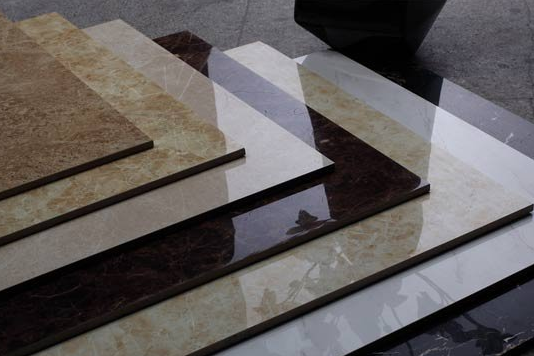
Best Type Of Floor Materials For Underfloor Heating
Marble
Marble is a natural stone. Its thermal conductivity is not good, and the lines of marble are naturally formed. It can be very beautiful without deliberate design, and it looks very high-grade. The heat resistance, water-resistance and wear resistance of marble are unmatched by other floor heating materials. Generally, there will be no problem in high-temperature and humid environment, unless the ground is artificially damaged.
Disadvantages: The price of marble is relatively expensive.
Tile
Generally, the floor materials for floor heating are tiles, because the price of ceramic tiles is average, and the performance is relatively good. Its hardness is better than other materials, and its heat transfer performance is better. It can quickly raise the room temperature. The temperature of the materials used as floor heating floors will be 3 to 5 degrees higher than that of wooden floors.
The water absorption rate of tiles is also very low, and the water absorption will not deform. There will be no mildew, corrosion and deformation after long-term use. Moreover, the tiles are free of toxic gas. In terms of cleaning, it is very easy to clean the tiles casually.
Disadvantages: The texture of the tiles is relatively hard. Although the heat transfer rate is relatively high when the floor heating is turned on, it will be very cold when the floor heating is not turned on.
Wood Floor
The wood floor has a very strong sense of comfort. It fits the human body better and feels very soft when you step on it. And the texture of the wood floor is very beautiful, which is very suitable for decoration.
Disadvantages: The disadvantages are also obvious. The wood floor is easy to get damp. If it is damaged and not repaired, it will crack and arch up. If it meets the requirements of wood floor, formaldehyde and other harmful gases will be released under high temperatures. Although the wood floor is more environmentally friendly and comfortable, it is not recommended to use it as floor heating.
 EN
EN FR
FR PT
PT AR
AR
